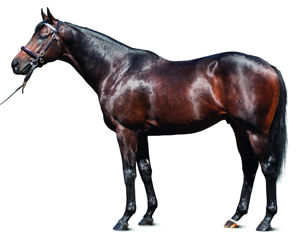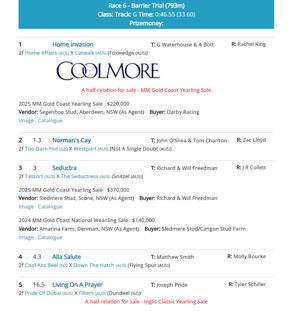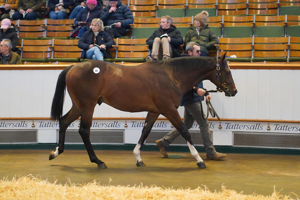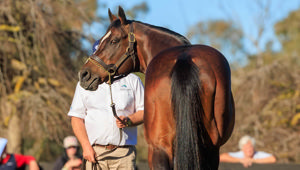It’s a fact of life that breeding/racing activities can take up to 5 or 6 years before profits begin to flow.
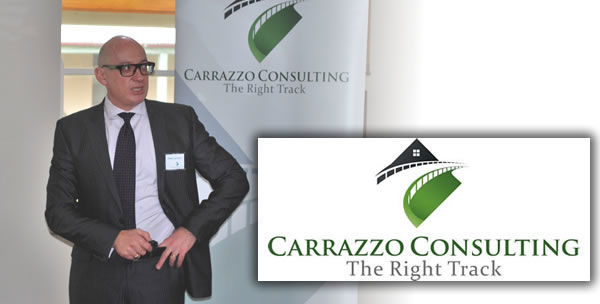
Alone or in combination, factors such as expensive start-up infrastructure, large and recurring fixed and variable costs, the breeding/sale cycle and the time it takes for many racehorses to reach their optimum racing age contribute to losses in the early years of the activity.
Accordingly, special care must be taken when choosing the right tax structure to start a horse breeding/racing activity. If tax losses are made, we want them available to be used to reduce your overall tax burden asap!
This article will walk through the advantages and disadvantages of the main tax structures in terms of their appropriateness to an activity with start-up losses, with an initial discussion as to what should be generally considered when setting up a tax structure for business or investment activities.
- What are the major drivers when identifying the best structure to use for a client?
There are many things that need to be considered when making the decision as to the type of structure to use, and often the presence of competing factors make things even more difficult.
Some of the issues that may influence the choice include:
• Asset protection;
• Legal minimisation of tax, including reduced exposure to tax on any future capital gains (e.g., by ensuring the structure will maximise potential access to the CGT discount and the CGT small business concessions);
• Loss utilisation;
• Commercial considerations (e.g., financing, industry or professional association requirements);
• Family considerations (including succession);
• Flexibility to allow for change (e.g., to allow parties to enter or exit the venture);
• Stamp duty considerations;
• Cost of establishing and maintaining the structure (including ongoing accounting fees); and
• Ease of understanding and administration.
- Structuring for early tax losses
Naturally most clients will look to invest or run a business so as to make a profit, ideally from the very beginning, however some activities, like commercial breeding/racing, may return losses initially due to the factors raised above.
Consequently, such activities may start out being ‘negatively geared’, whereby the expenses arising from the venture (often largely made up of interest) exceed the income generated by the activities, resulting in an overall loss. This factor can make the initial choice of structure even more challenging, as the structure will ideally need to be flexible enough to allow for the income (and tax burden) to be spread across various family members, but adaptable enough to maximise the benefits of the losses in the earlier years.
TAX WARNING – Individuals borrowing to fund another entity
It is a longstanding principle of taxation law that a person can generally only claim deductions in so far as they are incurred to generate their taxation income.
Expenses incurred to generate income for another entity are generally not deductible (unless specifically allowed by the tax legislation). Therefore, if an individual borrows money to provide to another entity and incurs interest, they will need to demonstrate that there is a “nexus” between these interest expenses and some income they are currently receiving or to which they will be entitled. As outlined in the summary below, this should be possible where the individual is a shareholder in a company or a unitholder in a fixed unit trust. However, it will generally not be possible where the individual is merely a beneficiary of a discretionary trust, unless they charge interest on the loan to the trust (meaning they can show a nexus between their own interest expenses and the interest income from on-lending the money).
The following summary provides a summary of the main advantages and disadvantages that should be considered for common structures that could potentially make business losses or have negatively geared investments.
2.1.1 Individuals & Partnership of individuals
Advantages
- Tax losses – subject to the non-commercial loss (NCL) provisions with respect to business losses, individuals can apply the tax losses against their other income. Excess losses can be carried forward for use in future years.
- Capital Gains Tax (“CGT”) – access to the general 50% discount if asset held for more than 12 months, as well as potential application of other CGT exemptions (e.g., CGT Small Business Concessions).
Disadvantages
- Income splitting – when the investment starts to be profitable, the income cannot be split and will be taxed at the individual’s marginal rates each year.
- Asset protection – no protection for the individual’s assets.
2.1.2 Discretionary Trust
This can be a complex structure to understand, so for a detailed explanation of this structure I direct you to our web site at https://www.carrazzo.com.au/news/carrazzo-tax-blog/6391-using-a-horse-trust-what-to-consider.
Advantages
- Income splitting – when the investment starts to be profitable, the income can be distributed in the most tax effective manner, in accordance with the trust deed. Ability to stream any capital gains to beneficiaries who have capital losses or are able to access the general 50% discount, subject to the relevant trust deed.
- Asset protection – added level of protection, particularly where the trust has a corporate trustee, as beneficiaries do not hold an actual interest in the trust’s assets. Note, however, that any unpaid entitlements to trust income can be called on as the beneficiaries’ personal assets. Note also that asset protection is lessened in the event of marital breakdown, as the Family Court has broad powers (including ‘trustbusting’ powers) to look beyond the legal structure of investments (as discussed later in these notes)
- Tax losses – tax losses (not including capital losses) can only be utilised to offset against other income of the trust where the complex trust loss rules re satisfied. Where the trust has made the relevant elections, then only a modified income injection test is required to be met (although all future distributions are then restricted to the ‘family group’ – otherwise distributions will attract Family Trust Distribution Tax at the top marginal tax rate). In addition, any excess tax losses (including capital losses) are trapped in the trust and cannot be distributed to beneficiaries.
- Borrowing outside the trust – if a beneficiary borrows and provides that money to the discretionary trust, the beneficiary must charge market rate interest to the trustee if they are to claim the interest deductions in their own name (even though this generally means the beneficiary will make net nil income from the arrangement, or even possibly leave them with a net profit on which they may need to pay tax). If the interest expenses in the trust cause it to make (or increase) a loss, that loss will still be trapped in the trust.
2.1.3 Companies
Advantages
- Tax rate – When the investment becomes profitable, income will be subject to tax at the corporate tax rate (currently 30% or 26% if the company is a ‘Base Rate Entity’ (BRE).
- Interest deductions – ability for the investment to be structured so that interest deductions are claimed at the shareholder level rather than in the company itself. This can be achieved simply by having the shareholder borrow to subscribe for shares in the company (which have a fixed entitlement to income (dividends) in the future) and then for the company to use the funds to acquire the investment without any borrowings. This can effectively transfer the negative gearing benefit from the company to the shareholder, thereby circumventing the issue of having excess tax losses trapped within the company.
- Asset protection – provides limited liability as well as asset protection for the shareholders from the company’s creditors.
- Loss carry-back – Companies are the only entities able to access the temporary ‘loss carry-back’ measure.
Disadvantages
- Tax losses – tax losses are subject to the company loss rules, which require either the continuity of ownership test (‘COT’) or the business continuity test (‘BCT’) to be satisfied. There may be added complexity with respect to the COT where 50% or more of the shares in the company are owned by a discretionary trust, unless the trust has a relevant trust election in place for the relevant period. Any excess tax losses are trapped within the company (subject to the loss carry-back measure).
- CGT – a significant disadvantage of holding growth assets in a company is the inability to access the general 50% CGT discount. Sadly, I’ve seen this many times for companies we take over. In addition, there are limited options to extract the 50% Active Asset Reduction amount from company tax effectively.
- Asset protection – limited protection for the shareholders, as the shares they own are valuable assets and will be exposed to the shareholder’s own creditors.
2.1.4 Unit Trusts
Advantages
- Interest deductions – ability for the investment to be structured so that interest deductions are claimed at the unitholder level rather than in the unit trust itself. This can be achieved simply by having the unitholder borrow to acquire/subscribe for units in the unit trust (which provide for a fixed entitlement to trust income in the future) and then for the unit trust to use the funds to acquire the investment without any borrowings. This can effectively transfer the benefit of the negative gearing from the unit trust to the unitholder, thereby circumventing the issue of having excess tax losses trapped within the trust.
- Asset protection – provides asset protection for the unitholders from the unit trust’s creditors (subject to any amounts they owe the trust and the trustee’s right of indemnity).
Disadvantages
- Tax losses – as with discretionary trusts, tax losses are subject to the trust loss rules. Note that it can be easier for ‘fixed trusts’ to satisfy the trust loss rules, but not all unit trusts are able to meet the requirements to be a fixed trust. Also, unit trusts with unitholders from different families will effectively be precluded from making a trust election. Excess tax losses are trapped within the trust.
- Asset protection – limited protection for the unitholders, as the units they own are valuable assets and will be exposed to the unitholder’s own creditors. Unpaid entitlements to trust income are also the unitholders’ personal assets.
You are welcome to contact me if you wish me to clarify or expand upon any of the matters raised in this article.
Prepared by:
PAUL CARRAZZO CA
Carrazzo Consulting Pty Ltd
801 Glenferrie Road, Hawthorn, VIC, 3122
TEL: (03) 9982 1000
FAX: (03) 9329 8355
MOB: 0417 549 347
E-mail: paul.carrazzo@carrazzo.com.au or team@carrazzo.com.au
Web: www.carrazzo.com.au


